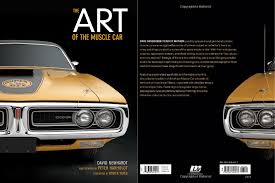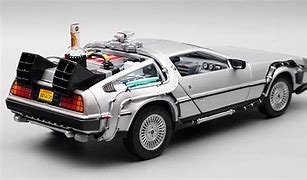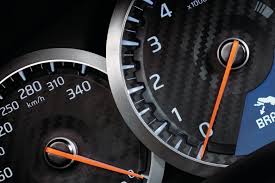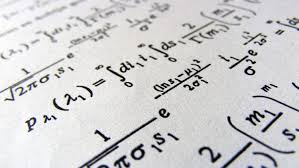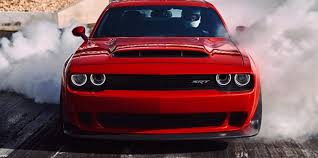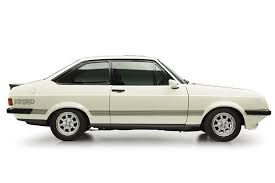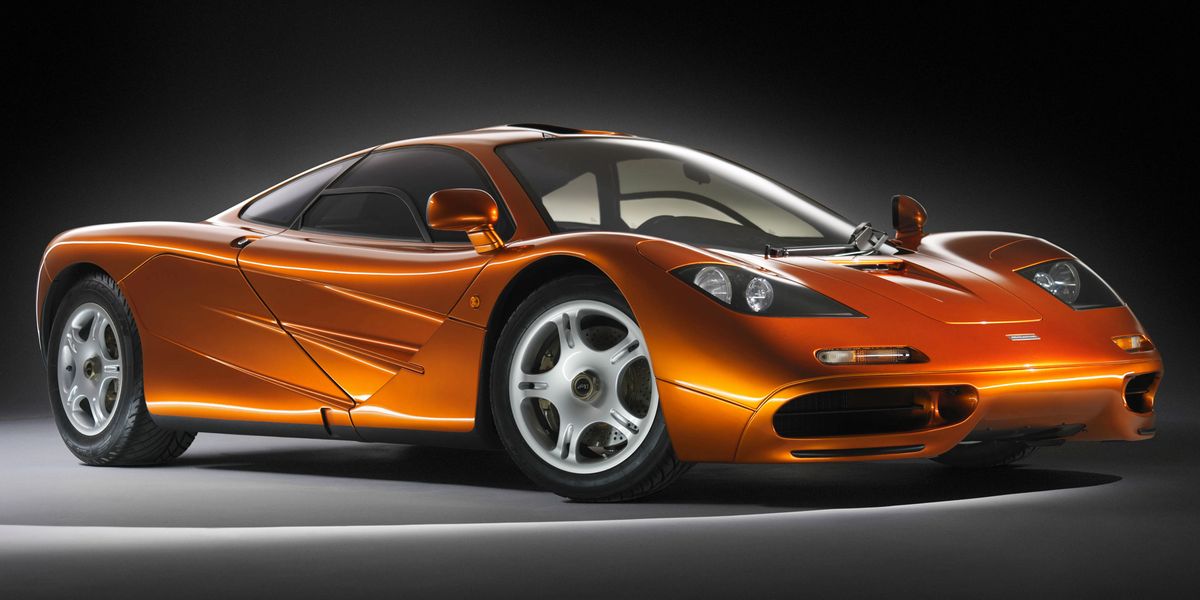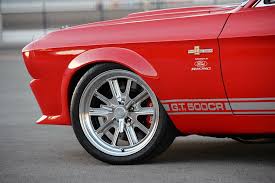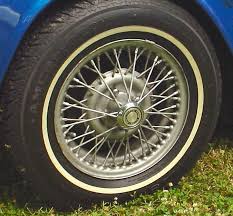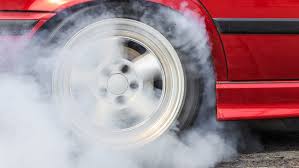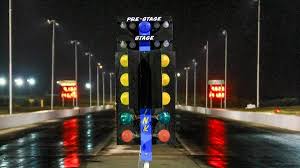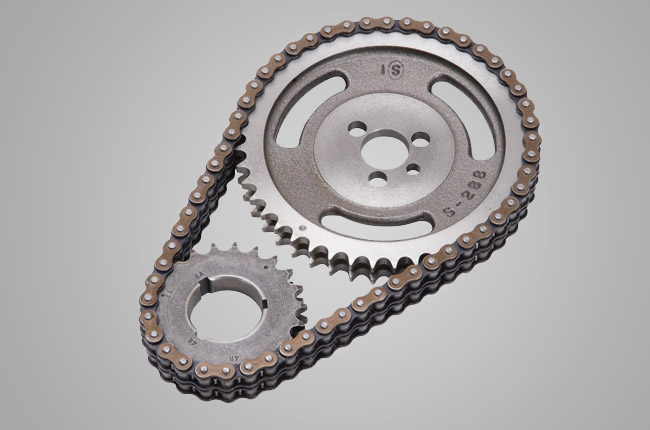


This edition of the Peugeot 306 2.0 XSi is the 5 speed / Manual version and was first brought out in 1997. This was at around the same time as the introduction of the 1997 TVR Speed 12 7.7L V12 and the 1997 McLaren F1 GT 6.1 V12.This particular Peugeot 306 has a 1998cc Naturally Aspirated Petrol powerplant with 4 cylinders in a St formation.
The 306 shares its Petrol St4 engine configuration with the likes of the 2019 Ariel Atom 4 2.0 Turbo and the 2013 Caterham 7 620 R 2.0 L Supercharged. If you're looking for other fast cars which share the 306's Front Wheel Drive, Hatchback combination then how about the 2022 Volkswagen-VW Golf R Performance 2.0 Turbo or the 2020 Toyota Avalon TRD 3.5 V6.
Weighing in at 1134 kgs (2500 lbs) this makes the Peugeot 306 2.0 XSi in the same weight category as the 2020 Lotus Exige Sport 410 Roadster 3.5 V6 or the give or take 50kg.
![Mini Cooper Countryman John Cooper Works 1.5 Turbo - [2022] image Mini Cooper Countryman John Cooper Works 1.5 Turbo - [2022] image](/editionimages/2335.jpg)
The Peugeot 306 shares the same bhp with the 2022 Mini Cooper Countryman John Cooper Works 1.5 Turbo (134 bhp)
In terms of power the 1998cc 16V St4 engine produces 135 bhp (100 kW) @ 5500 rpm similar to the 2022 Mini Cooper Countryman John Cooper Works 1.5 Turbo (134 bhp) or the 2020 Audi A1 A1 Sportback 35 TFSI S tronic S line (148 bhp).
The Naturally Aspirated St4 throws out 133 lb-ft (180.3 Nm) @ 4200 rpm placing it with cars of similar torque performance figures such as the 2015 Mazda MX5 2.0i Roadster Coupe (148 lb-ft) or the 2013 Caterham 7 485 2.0L (152 lb-ft).
If one combines the weight with power or torque performance for the Peugeot 306 you can get a better idea of it's real world performance.
![BMW 5 Series 530i Saloon E39 - [1996] image BMW 5 Series 530i Saloon E39 - [1996] image](/editionimages/136.jpg)
The 1996 BMW 5 Series 530i Saloon E39 (143.9 bhp per ton) has similar Bhp Per Ton stats as the Peugeot 306.
The Peugeot 306 has a Power to weight ratio of 119.0 bhp per ton and 117.2 lb-ft per ton. Bhp Per Ton figures of the 1997 306 competing with the 1996 BMW 5 Series 530i Saloon E39 (143.9 bhp per ton) or the 1970 Ford Escort MK1 RS1600 (143.9 bhp per ton).
If you agree with the late great Carroll Shelby then arguably an even better indicator of potential performance, Torque. Use weight as well and you end up with - Torque per ton, with the Peugeot 306 generating around 117.2 lb-ft per ton. If you're curious as to what other cars have as much torque to weight then look no further than the 1997 Volkswagen-VW Golf 2.8 VR6 4MOTION (142.0 lb-ft per ton) or the 1988 Nissan 200SX S13 1.8T (141.7 lb-ft per ton).
With a 0-60mph time of 8.50 secs or a 0-100km/h (0-62mph) of 8.8 secs, this made the Peugeot 306 2.0 XSi as fast as the 2012 Land-Rover Range Rover Sport 3.0 TDV6 (8.50 secs) the 2004 Land-Rover Discovery 3 4.4 V8 (8.50 secs) the 2000 Volkswagen-VW Golf GT TDi 150 (8.50 secs) the or the 1992 Ford Escort XR3i (8.50 secs). This Peugeot 306 2.0 XSi is also faster than the 2012 Jaguar XJ V6 (8.60 secs) the 2006 Land-Rover Range Rover Sport 3.6 TDV8 (8.60 secs) the 2004 Audi A4 1.8T Sport (8.60 secs) the and the 2003 Volkswagen-VW Golf 2.0 FSI (8.60 secs).
When talking about the performance of the Peugeot 306 on the drag strip it can reach a quarter mile in an estimated 16.38 secs @ 83.5 mph. Similar performance down the quarter mile can be found with the the 1989 Lotus Elan SE (16.31 secs), the 2005 Cadillac STS 4.6 V8 Sport Luxury (16.31 secs), and the 1986 BMW 3 Series M3 E30 (16.34 secs).
Modern performance cars are often artificially restricted to 155mph. The 1997 version of the Peugeot 306 2.0 XSi has a maximum speed of 125mph.
If maxing out your car on the AutoBahn is your thing and you're wondering what's faster than the 1997 Peugeot 306 2.0 XSi then how about the 2012 Ford Fiesta ST 1.6 Turbo (136 mph), the 2011 Alfa-Romeo Mito 170 Quadrifoglio Verde (136 mph), or the 1992 Subaru Legacy 2.0 Turbo (136 mph).


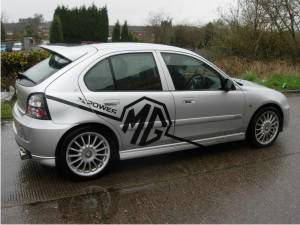


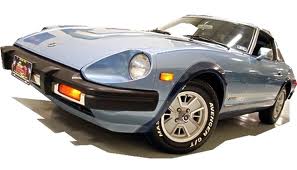
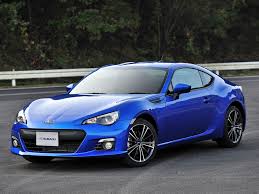


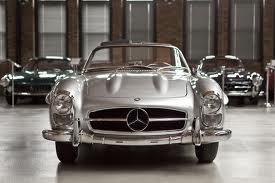
Mercedes 300 SL II Roadster W198
Engine: Naturally Aspirated Petrol | 2996cc 12v St6
Top Speed: 155 mph
0-60mph: 7.30 seconds

Renault Megane RS 1.8 Turbo 300 Trophy EDC
Engine: Turbo Petrol | 1798cc 16v St4
Top Speed: 260.7 kph
0-100kph: 5.8 seconds
